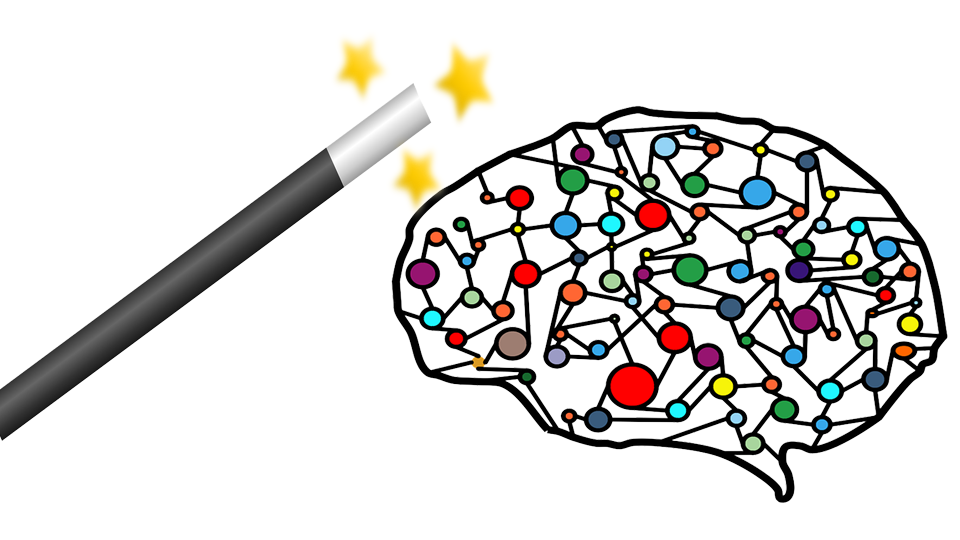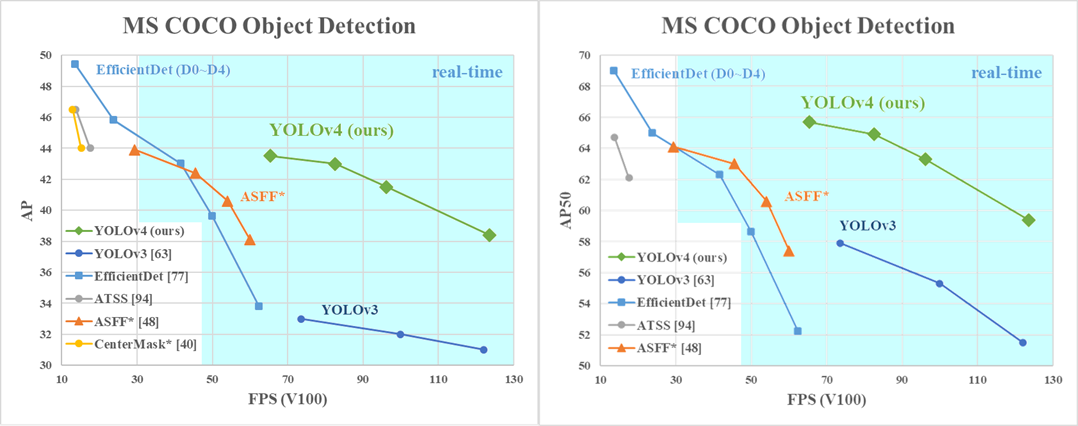1.1 INTRODUCTION
The remaining useful life (RUL) is the length of time a machine is likely to operate before it requires repair or replacement. By taking RUL into account, engineers can schedule maintenance, optimize operating efficiency, and avoid unplanned downtime. For this reason, estimating RUL is a top priority in predictive maintenance programs.
Three are modeling solutions used for predicting the RUL which are mentioned below:
- Regression: Predict the Remaining Useful Life (RUL), or Time to Failure (TTF).
- Binary classification: Predict if an asset will fail within a certain time frame (e.g., Hours).
- Multi-class classification: Predict if an asset will fail in different time windows: E.g., fails in window [1, w0] days; fails in the window [w0+1, w1] days; not fail within w1 days.
In this blog, I have covered binary classification and multi-class classification in the below sections.
Continue reading “Predicting Remaining Useful Life of a Machine”






